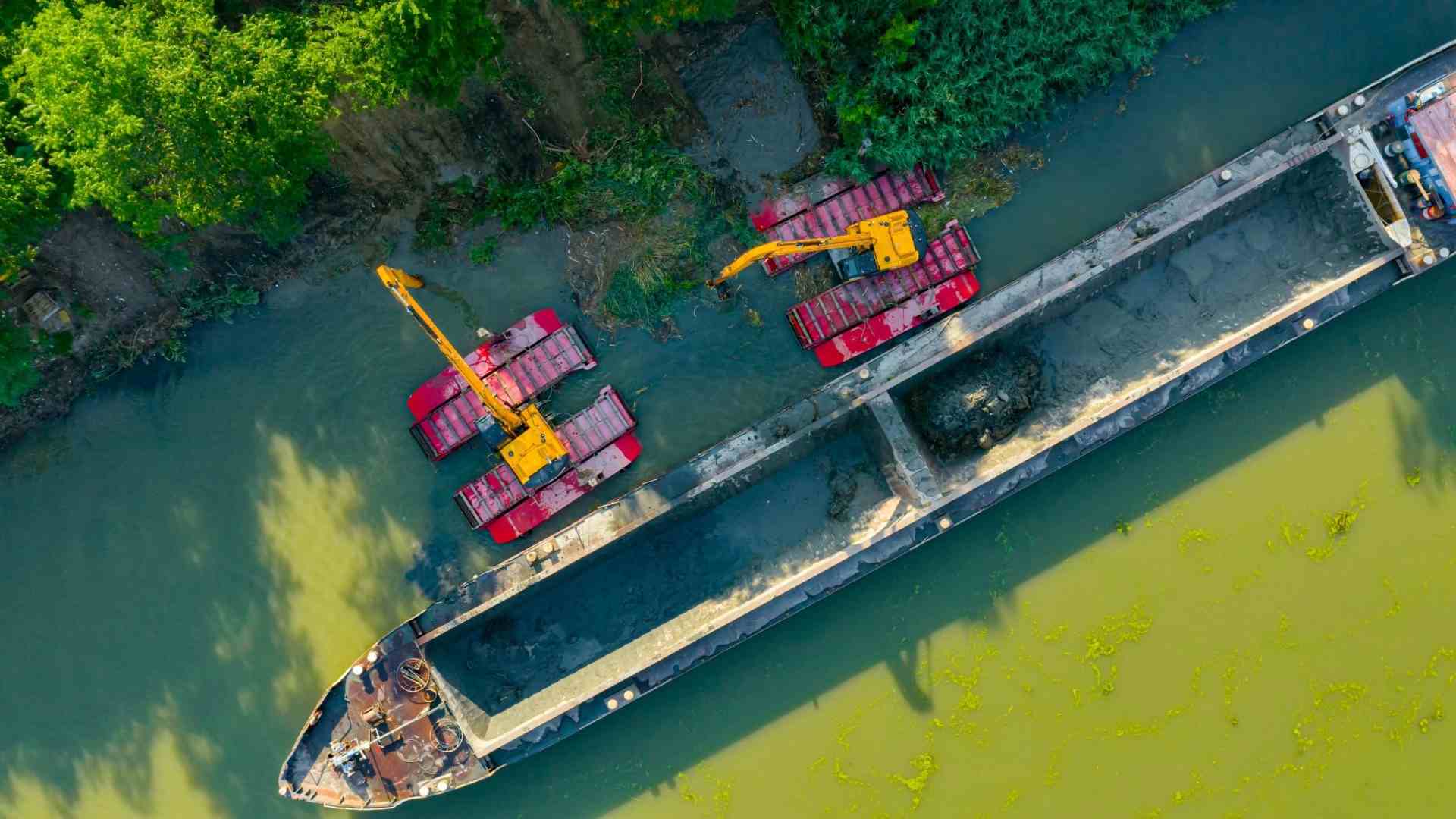Introduction
The National Irrigation Administration (NIA) has recently undertaken dredging operations along the Abra River to ensure a consistent water supply for the Abra River Irrigation System (ARIS) in Barangay Bumagcat, Tayum. This project is critical for supporting agricultural productivity in the towns of Tayum and Bangued, especially during the ongoing wet cropping season.
Why Dredging Was Needed
Continuous heavy rains in recent weeks caused significant silt accumulation near the ARIS intake. Silt, composed of fine soil and sediment washed downstream, can drastically reduce the capacity of rivers and irrigation canals to carry water. Over time, this buildup obstructs the flow toward irrigation intakes, depriving farms of the water they need for crop growth.
By carrying out river dredging, NIA aims to remove these obstructions and restore the full capacity of the water channel. This will enable ARIS to divert more irrigation water efficiently, preventing shortages during crucial growth stages of crops.
Scope of the Irrigation System
The ARIS plays a vital role in irrigating a total of 2,379 hectares of farmland in Tayum and Bangued. At present, 297 hectares are in the reproductive stage of crop development, while 2,082 hectares are in the vegetative stage. These stages require adequate water for healthy plant growth, proper grain filling, and ultimately, good yields.
NIA reports that harvest across the ARIS command area is expected to start in the second week of October, making the timing of the dredging effort especially important. Ensuring optimal water flow now can directly influence the quantity and quality of the upcoming harvest.
Understanding River Dredging for Irrigation
Dredging is the process of removing sediments, silt, and debris from the bottom and sides of rivers, lakes, and other water channels. In irrigation contexts, river dredging serves several purposes:
- Restoring Water Flow – By deepening and clearing the channel, water can flow unobstructed to irrigation intakes.
- Increasing Capacity – Removing accumulated silt increases the volume of water a river can carry.
- Preventing Flooding – Dredged channels are less likely to overflow during heavy rains.
- Prolonging Infrastructure Life – Clear channels reduce strain on pumps, gates, and other irrigation structures.
In the case of the Abra River, dredging is essential because irrigation intakes like that of ARIS depend on a steady, reliable water supply. Without dredging, sedimentation could choke the intake, cutting water supply to thousands of hectares of farmland.
The Impact of Siltation on Agriculture
Siltation can have severe effects on agriculture-dependent communities. When sediment builds up near irrigation intakes:
- Water supply becomes inconsistent, affecting crop schedules.
- Farmers may need to resort to alternative, often costlier, water sources like deep wells or pumps.
- Crop yields decline due to insufficient watering during critical growth phases.
- Soil health may suffer because irrigation not only delivers water but also helps flush out salts and distribute nutrients evenly.
For the farmers of Tayum and Bangued, where agriculture is a mainstay of the local economy, maintaining irrigation flow is a matter of livelihood security.
Dredging as Part of Irrigation System Maintenance
While dredging is sometimes viewed as a one-time fix, in reality, it is part of ongoing irrigation system maintenance. Rivers naturally carry sediment, and during rainy seasons, the volume increases significantly. Without periodic dredging, sediment will inevitably accumulate again, reducing the efficiency of irrigation systems.
NIA’s proactive approach to dredging the Abra River demonstrates the importance of anticipating and addressing such issues before they cause widespread impact.
Environmental Considerations in Dredging
Modern dredging operations also consider environmental impacts. Removing too much sediment or altering river channels excessively can disrupt aquatic habitats and change the natural flow patterns of the river. For this reason, NIA and other agencies balance the need for water flow restoration with the preservation of the river’s ecological health.
In the Abra River project, the focus is on targeted dredging near the ARIS intake—addressing the siltation problem without unnecessarily disturbing unaffected areas of the river.
Benefits Beyond Irrigation
While the immediate goal of the Abra River dredging project is to support irrigation, the benefits extend beyond agriculture:
- Reduced flood risk in nearby communities by increasing the river’s carrying capacity.
- Improved water quality as stagnant, sediment-laden water is cleared.
- Enhanced resilience to climate variability by ensuring irrigation systems can operate even during periods of extreme rainfall or drought.
Looking Ahead
With harvest season approaching in October, the successful completion of the dredging works is expected to secure a healthy yield for farmers under the ARIS coverage area. NIA’s intervention demonstrates the agency’s commitment to keeping irrigation infrastructure operational despite challenges from natural sedimentation and weather patterns.
However, long-term solutions will require integrated river basin management—combining upstream watershed protection, erosion control measures, and regular maintenance dredging. By reducing the amount of soil washed into the river in the first place, the need for frequent dredging can be minimized.
Conclusion
The dredging of the Abra River by the National Irrigation Administration is a timely and vital measure to ensure steady water delivery to the Abra River Irrigation System. By clearing silted sections near the intake, NIA is not only securing this season’s crop production for Tayum and Bangued but also safeguarding the livelihoods of the farming communities that depend on the river.
As this project shows, river dredging is more than just a technical operation—it is a strategic agricultural intervention that sustains food production, supports local economies, and strengthens resilience against climate and environmental challenges.
